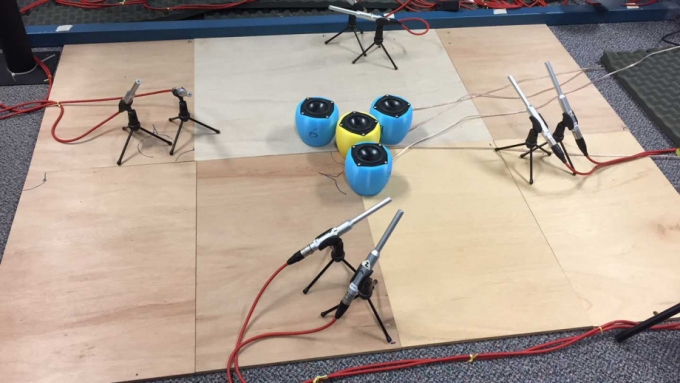Researchers at The Australian National University (ANU) have found a way to cancel out the noise produced by things like motors and air conditioning units, providing some much-needed relief to anyone working or living in a noisy environment.
Professor Thushara Abhayapala from the Research School of Electrical, Energy and Materials Engineering says it’s a similar concept to the technology used in noise cancellation headphones - but on a much bigger scale.
“What we’re looking at is cancelling the sound over an extended region, without wearing headphones. That’s a much more difficult and complex task because it’s not just confined to the ear cup, and things reflect back from walls and around rooms,” Professor Abhayapala said.
“We’ve come up with a technique to separate the sound going out from the sound coming in, and actually cancel the sound going out. No matter where you are around it, you get the reduced noise level,” Professor Abhayapala said.
PhD scholar and lead author Fei Ma was the first one to get the demonstration working.
It involves using multiple microphones and loudspeakers to effectively override the original noise source with a second sound.
It works effectively on any noise with a lower frequency. High frequency noises present a bigger challenge. When the frequency is high the wave length is very small, so cancelling them would require multiple microphones and loudspeakers, which isn’t always practical.
“You can’t cancel noise like jackhammers unfortunately because the frequency is too high, but boilers on top of buildings and that kind of sound you can cancel.”
The louder the sound, the louder the residual noise, but the technique can reduce noise level by around 10 decibels.
This could be important when it comes to protecting our hearing, as prolonged exposure to noises above 80 decibels can cause long-lasting damage.
The research was funded by the Australian Research Council.
The three authors of the paper were Fei Ma, Professor Abhayapala, and Dr Wen Zhang.
The research has been published in the Journal of the Acoustical Society of America.

